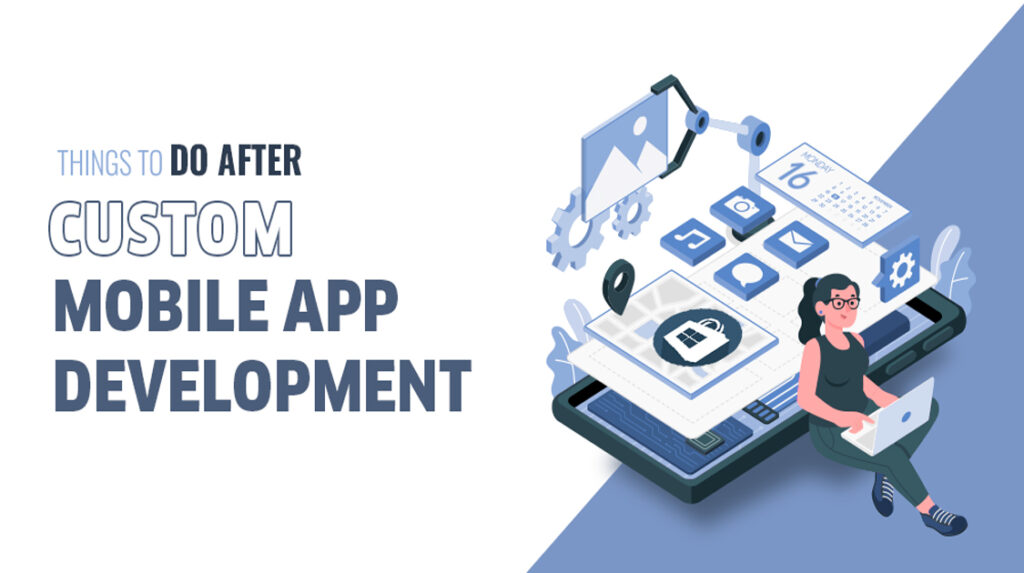
Designing a custom-made mobile application involves several important steps to create a visually appealing, user-friendly, and intuitive interface.
Here are the key aspects of designing a custom mobile application:
- User Research: Understand the target audience, their needs, preferences, and behaviors. Conduct user research, including surveys, interviews, and usability testing, to gather insights and create user personas.
- Wireframing: Create wireframes to outline the basic structure and layout of the mobile app. Wireframes focus on functionality and the placement of key elements without delving into visual design details.
- UI Design: Develop the visual design of the mobile app, including the color scheme, typography, icons, and overall visual aesthetics. Pay attention to creating a consistent and visually pleasing interface that aligns with the brand identity.
- Navigation Design: Design an intuitive navigation system that allows users to easily move through the app and access different screens and features. Use standard mobile UI patterns and conventions to ensure familiarity and ease of use.
- Information Architecture: Organize the app’s content and information in a logical and structured manner. Create a hierarchy and flow that allows users to find what they need efficiently and effortlessly.
- Interaction Design: Define how users will interact with the app through gestures, touch, and animations. Design interactive elements such as buttons, menus, sliders, and forms to provide a smooth and engaging user experience.
- Prototyping: Create interactive prototypes to simulate the app’s functionality and user interactions. Prototypes allow for testing and gathering feedback before moving to the development phase.
- Usability Testing: Conduct usability testing sessions with real users to identify any usability issues, gather feedback, and make necessary improvements to the app’s design. Iterate and refine the design based on user insights.
- Responsive Design: Consider the various screen sizes and orientations of mobile devices. Design the app to be responsive and adaptable, ensuring a consistent and optimized experience across different devices.
- Accessibility: Design the mobile app with accessibility in mind to ensure inclusivity. Consider factors such as font sizes, color contrast, screen reader compatibility, and support for assistive technologies.
Collaboration between designers, developers, and stakeholders is crucial throughout the design process. Tools such as Adobe XD, Sketch, Figma, or InVision can assist in creating visual designs, wireframes, and interactive prototypes.
Remember that the design of a mobile application should align with the app’s purpose, target audience, and business objectives. It should prioritize simplicity, clarity, and ease of use to deliver a positive and enjoyable user experience.